50+ Space Facts | Intersting Facts About Space, Universe | Random Facts- igshockingfacts
50+ Space Facts | Intersting Facts About Space, Universe | Random Facts- igshockingfacts
Space facts are always interesting to learn!
As time goes by, technological advancements have seen us learn more facts about space in the past century than in all time before that.
We’ve literally searched the universe for the most amazing space facts, including facts about the planets in our solar system, moons, the Milky Way, and beyond! We’re pretty sure #50 will make you smile!
So, begin your journey through time & space, and enjoy these 50 crazy facts about space!
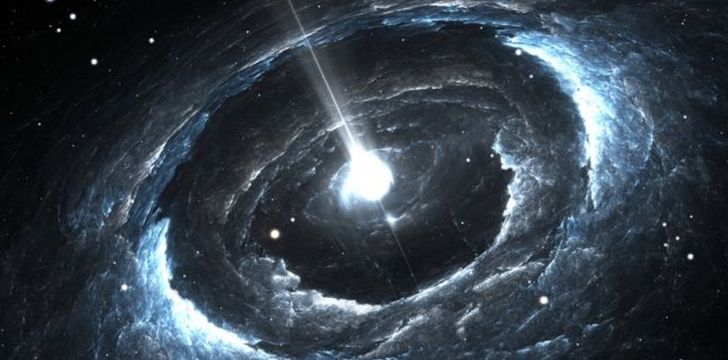
1)The hottest planet in our solar system is Venus.
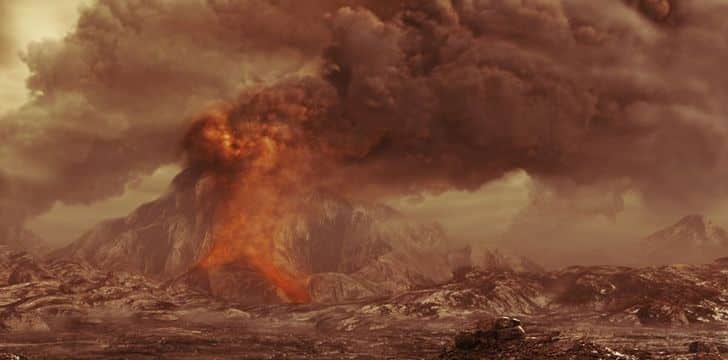
Most people think that this would be Mercury, as it is the closest planet to the sun.
However, Venus has a lot of gasses in its atmosphere which creates a “Greenhouse Effect” that causes a constant temperature of 864° Fahrenheit (462° Celsius) everywhere on the plant’s surface.
2)Our solar system is 4.57 billion years old.
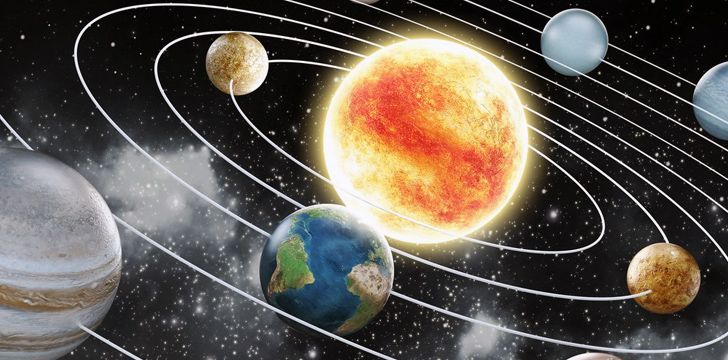
Well, give or take 30 million years(ish). Accurately speaking, it is 4.571 billion years old.
Scientists estimate that in about 5 billion years, our Sun will expand becoming a Red Giant.
In about 7.5 billion years its expanding surface will swallow up and engulf the Earth.
3)Enceladus, one of Saturn’s smaller moons, reflects 90% of the Sun’s light.
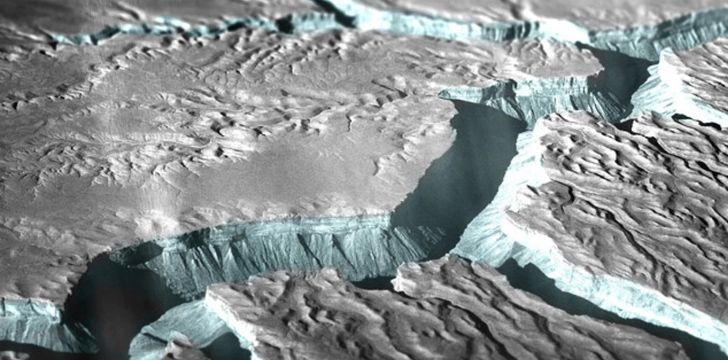
Because Enceladus’ icy surface reflects sunlight rather than absorbing it, temperatures reach as low as -394° Fahrenheit (-201° Celsius).
4)The highest mountain discovered is the Olympus Mons, which is located on Mars.
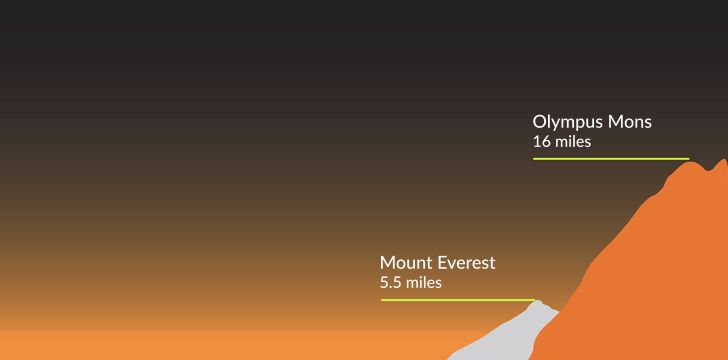
Its peak is 16 miles (25 km) high, making it nearly 3 times higher than Mount Everest.
And not only is it tall, but it’s also 374,015 ft² (114,000 m²) wide – that’s an area the size of Arizona!
5)The Whirlpool Galaxy (M51) was the first celestial object identified as being spiral.
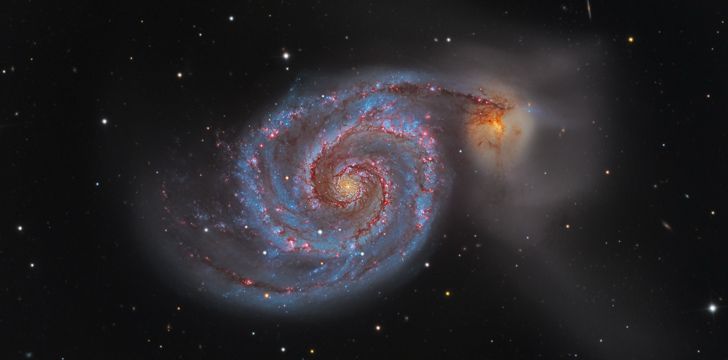
The grand, spiraling arms of the Whirlpool Galaxy are made up of long lanes of stars and gas, sprinkled with lots of space dust.
These arms act as star formation factories, compressing hydrogen gas and creating clusters of new stars.
6)A light-year is the distance covered by light in a single year.
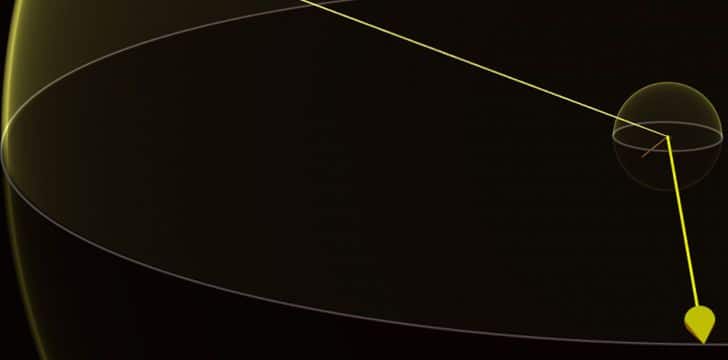
Light moves at the velocity of about 186,411 miles (300,000 km) a second.
So one light-year equates to roughly 5,903,026,326,255 miles!
7)The Milky Way galaxy is 105,700 light-years wide.
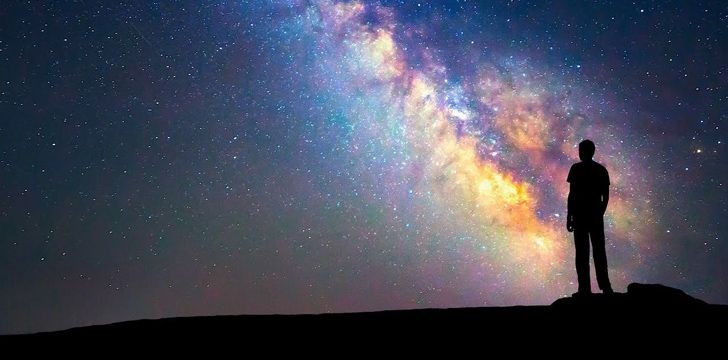
It would take a modern spacecraft 450,000,000 years to travel to the center of our galaxy!
8)The Sun weighs about 330,000 times more than Earth.
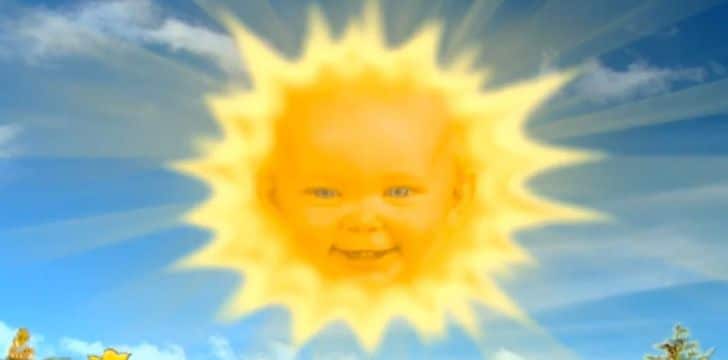
It is about 109 times the diameter of Earth and is so large the Earth could fit inside the sun about 1,300,000 times over!
In fact, the sun is so gigantic that it contains 99.85% of all mass in our solar system.
9)Footprints left on the Moon won’t disappear as there is no wind.
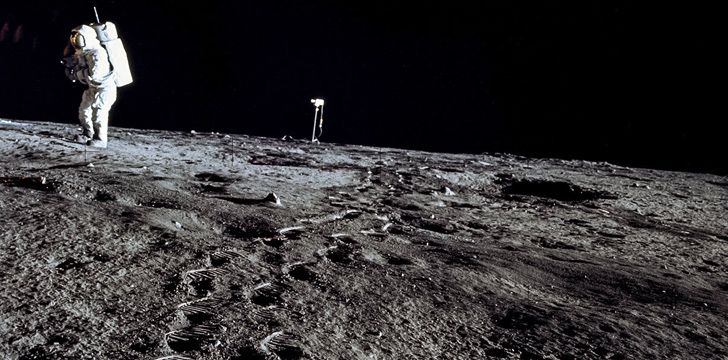
But wait a minute… if there’s no wind to blow them away then why is the flag blowing? Well, it actually wasn’t blowing.
That rippling you see is because of a stubborn telescopic horizontal rod that the astronauts were struggling to remove from the flag’s upper hem.
10)Because of lower gravity, a person who weighs 220 lbs on Earth would weigh 84 lbs on Mars.
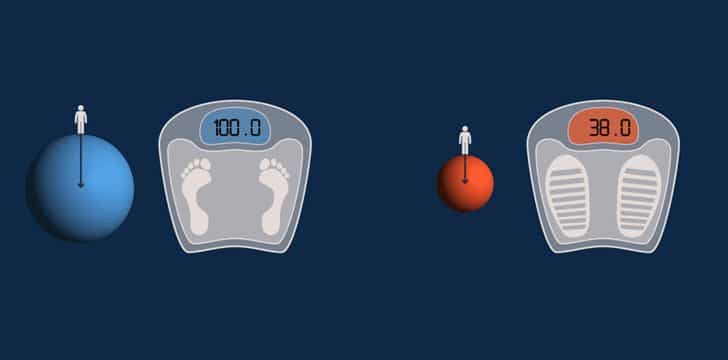
When sending droids to the surface of Mars, this is something scientists plan for, being able to load the droid up with more equipment and build it from more robust materials.
11)There are 79 known moons orbiting Jupiter.
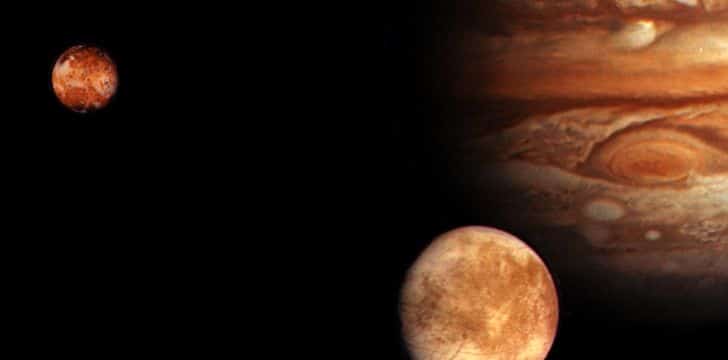
Jupiter is the planet in our solar system with the most moons, and it also has the largest moon in our solar system.
That moon is called Ganymede and is 33,279 miles (5,262 km) in diameter – that’s bigger than Mercury and it is visible with just a pair of binoculars!
12)The Martian day is 24 hours 39 minutes and 35 seconds long.
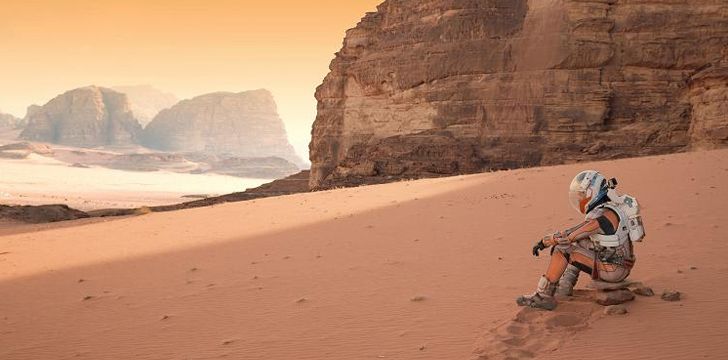
So you’d therefore assume there are less days in a year on Mars than Earth, right? Wrong!
Because Mars orbits the sun slower than the Earth, there are actually 687 Martian days in a Martian year!
13)NASA’s Crater Observation and Sensing Satellite (LCROSS) found evidence of water on the Earth’s Moon.
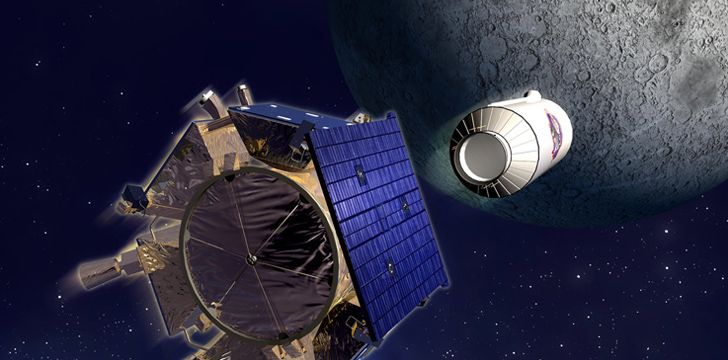
Whilst water cannot exist on the Moon’s surface under its current conditions, scientists believe water ice could survive within the cold, permanently shadowed crates at the Moon’s two poles.
14)The Sun makes a full rotation once every 25 – 35 days.
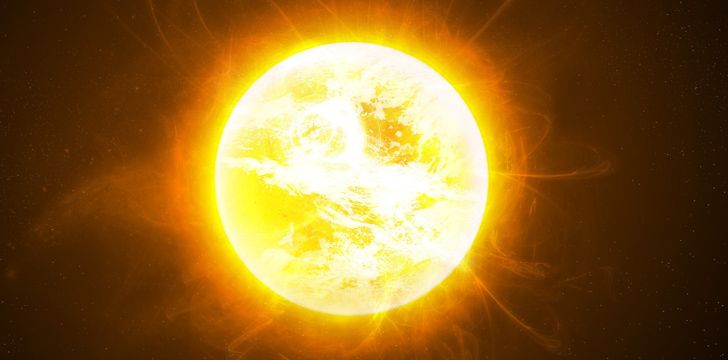
So for us on Earth, one full rotation equals one full day. However, our gargantuan sun takes 25 – 35 Earth days to make one full rotation!
15)Earth is the only planet not named after a God.
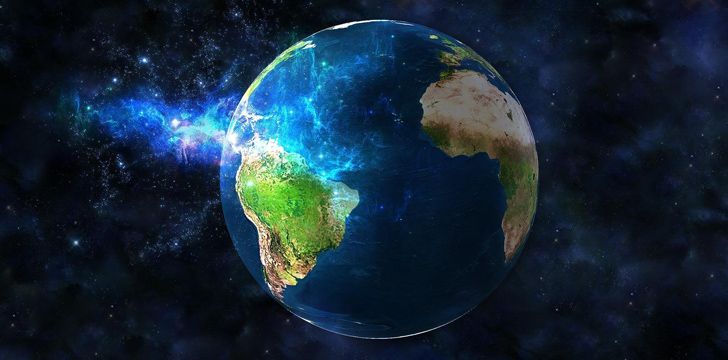
Nobody knows how the Earth got its name; all we know is that it is derived from an amalgamation of both the Old English and Old Germanic words for “ground”.
16)Due to the Sun and Moon’s gravitational pull, we have tides.
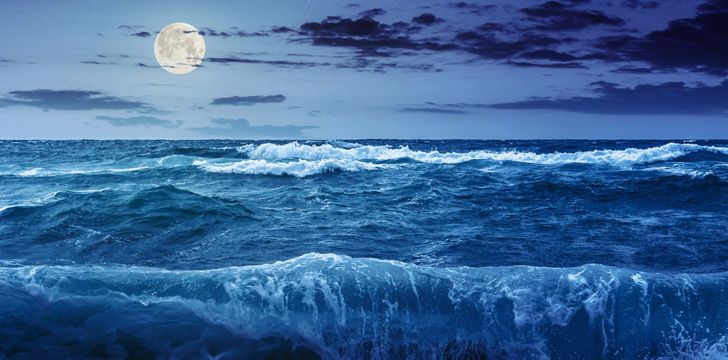
This is because the Moon’s tidal force causes the Earth – and the water on it – to bulge out on the side closest to the Moon.
These bulges are what cause the world’s high tides.
17 )Plutois smaller than the United States.
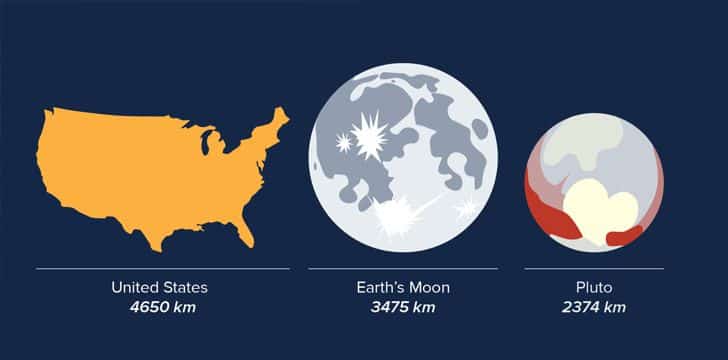
If you were to walk around the equator of Pluto it would be the same distance as walking from London to Denver (well, give or take 56 miles).
18)According to mathematics, white holes are possible, although as of yet we have found none.
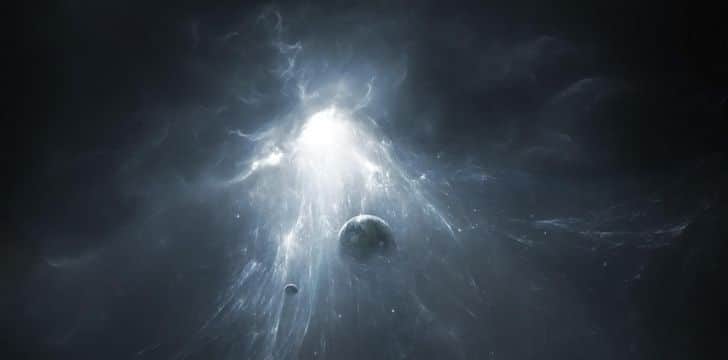
A white hole is a hypothetical region of space-time which can’t be entered from the outside, although matter and light can escape from within.
Basically, it’s the reverse of a black hole.
19)There are more volcanoes on Venus than any other planet in our solar system.
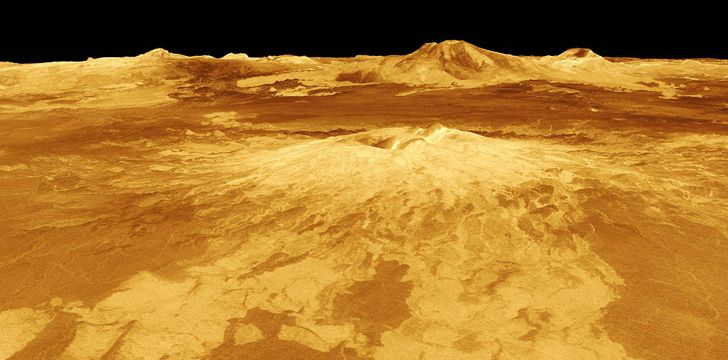
There are more than 1,600 major volcanoes across the surface of Venus, including a 5 mile (8 km) high volcano called Maat Mons.
However, none of these volcanoes are known to be erupting at present and most are probably long extinct.
20)Uranus’ blue glow is due to the gases in its atmosphere.
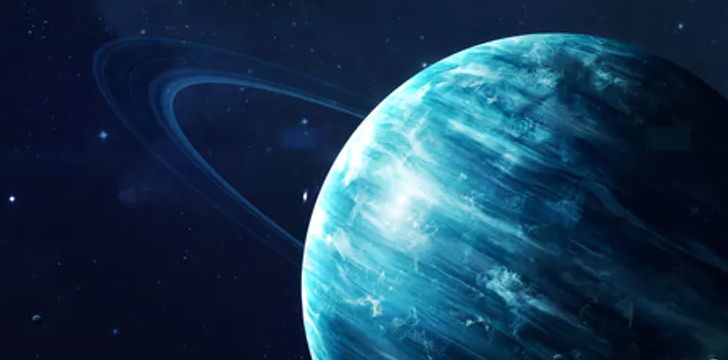
Uranus’ atmosphere is made up of hydrogen, helium and methane.
The methane in Uranus’ upper atmosphere filters out all the red light from the Sun but reflects the Sun’s blue light back into space, giving it its blue appearance.
.
21)In our solar system that are 4 planets known as gas giants: Jupiter, Saturn, Uranus & Neptune.
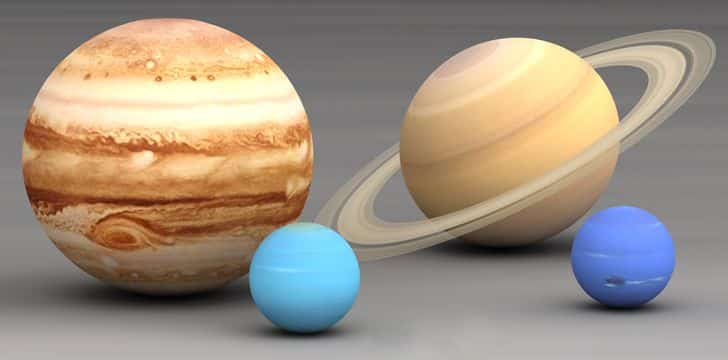
A gas giant is a large planet that is made up mostly gases like hydrogen and helium, and has only a relatively small rocky core.
22)Because of its unique tilt, a season on Uranus is equivalent to 21 Earth years.
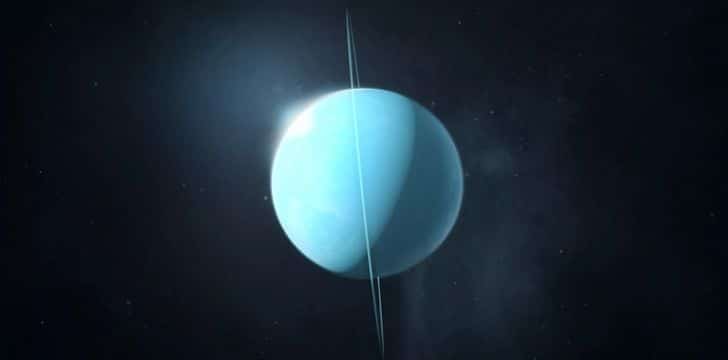
Also the 97.77 degrees tilt on Uranus’ axis means that a day there only last 17 hours, 14 minutes and 24 seconds.
23)Neptune’s moon, Triton, orbits the planet backwards.
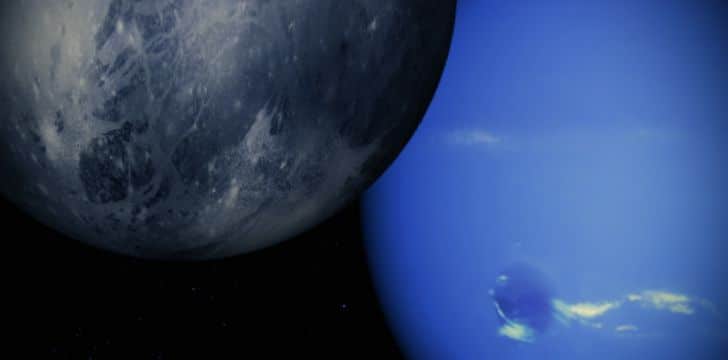
Triton is the only large moon of any of the planets that does this.
This is known as a retrograde orbit and astronomers are unsure as to why Triton orbits Neptune this way.
24)Triton is gradually getting closer to the planet it orbits.
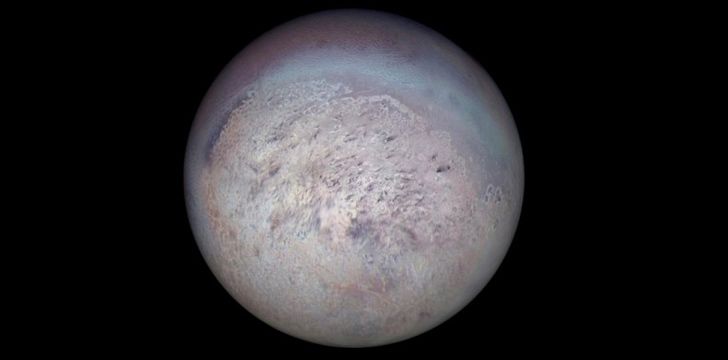
Scientists believe that when Triton eventually gets too close to Neptune, it will be torn apart by the planet’s gravity and could potentially create another ring around Neptune – giving it more rings than Saturn.
25)There are more stars in space than there are grains of sand in the world.
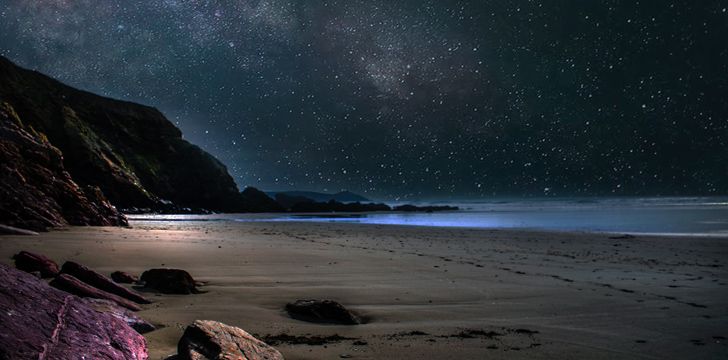
There are 10 times more stars in the night sky than grains of sand on the Earth, with 70 sextillion stars being visible from Earth through a telescope.
To put that in numbers, 70 sextillion is this: 70,000,000,000,000,000,000,000.
26)Neptune takes nearly 165 Earth years to make one orbit of the Sun.
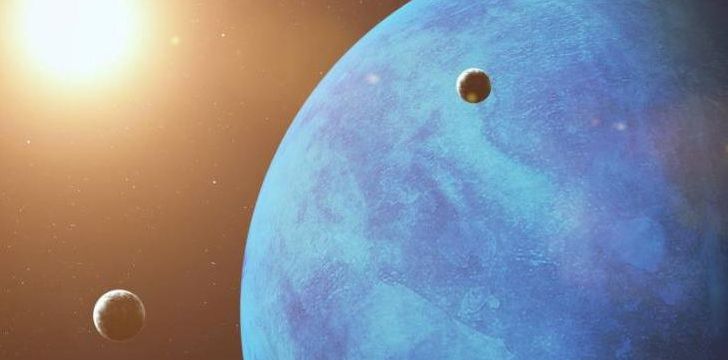
That’s equivalent to 60,190 Earth days to orbit the sun once! Neptune has a very slow orbital speed of 3.37 miles per second (5.43 km/s).
This means that since it was discovered in 1846, it has only completed just one orbit!
27)Pluto’s largest moon, Charon, is half the size of Pluto.
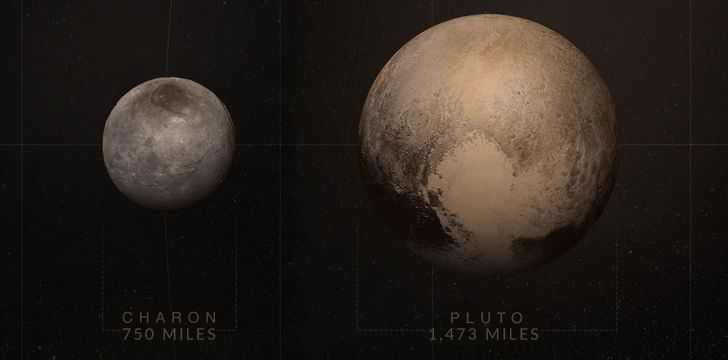
The same surfaces of Charon and Pluto always face each other, which is known as mutual tidal locking.
28)The International Space Station is the largest manned object ever sent into space.
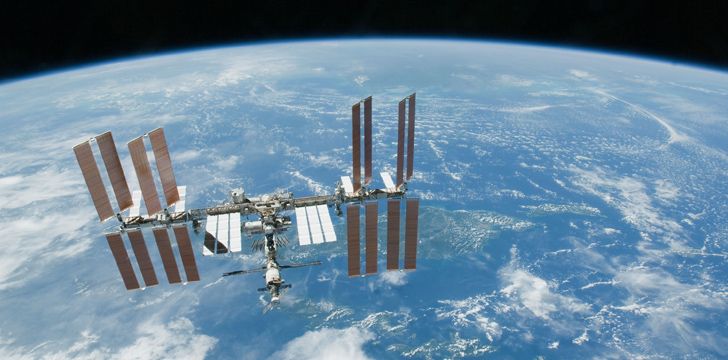
At 119 yards (109 meters) long, the International Space Station (ISS) sits roughly 250 miles (400 km) above the Earth and is the third-brightest object in the night sky.
29)A day on Pluto is lasts for 153.6 hours long.
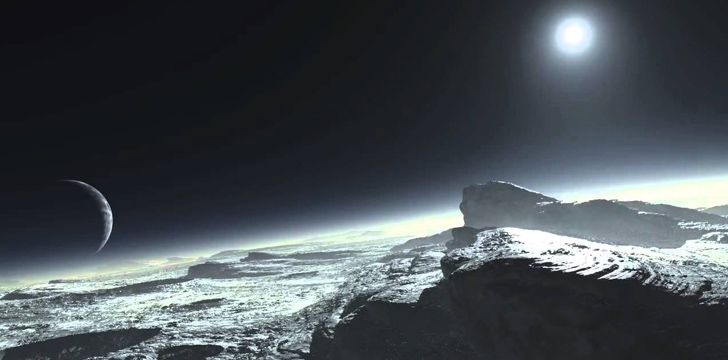
This equates to 6 days 9 hours and 36 minutes. A day on Pluto lasts so long because of its slow rotation rate.
30)Any free-moving liquid in outer space will form itself into a sphere.
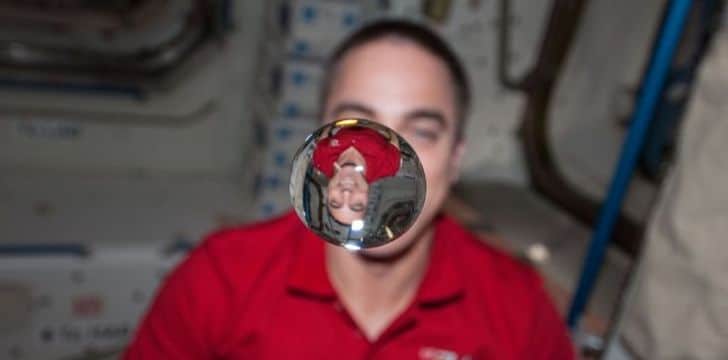
This is because of something called surface tension, which is an imbalance of intermolecular attractive forces.
This can also occur in low Earth orbit.
31)Mercury, Venus, Earth & Mars are known as the “Inner Planets”.
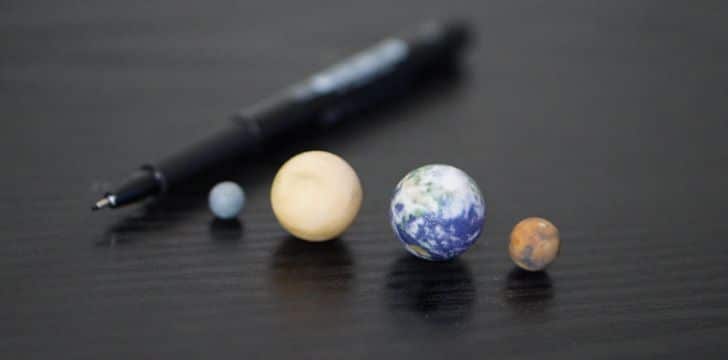
They are named the Inner Planets because they orbit closest to the Sun.
An inner planet is classified as a planet located within the asteroid belt.
32)We know more about Mars and our Moon than we do about our oceans.
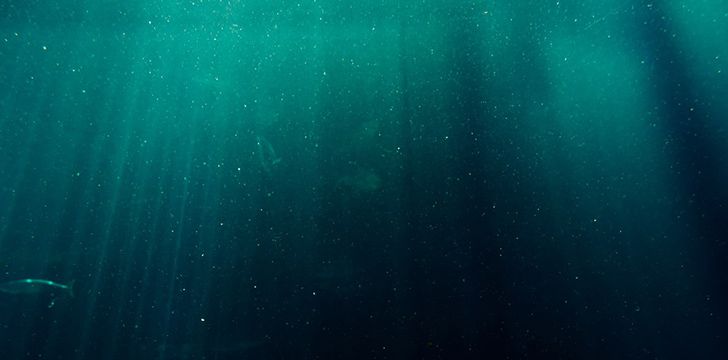
We have fully mapped 100% of the surface of Mars and Earth’s Moon, whereas we have only been able to map roughly 5% of the ocean floor.
33)The Black Arrow is the only British satellite to be launched using a British rocket.
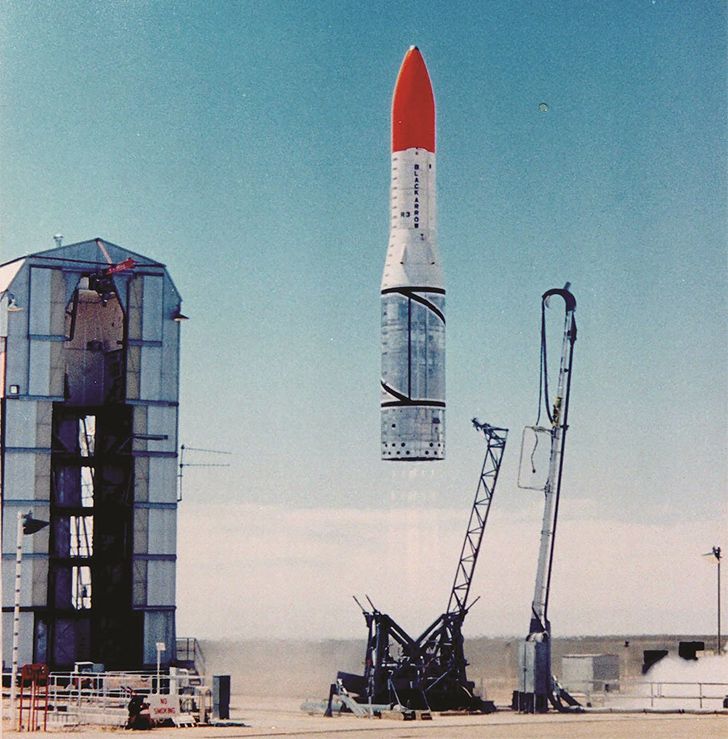
Black Arrow was developed during the 1960’s and was used for four launches between 1969 and 1971.
In 2019 it was retrieved from its crash landing site in the Australian outback and put on a display Penicuik, Scotland.
34)Only 5% of the universe is visible from Earth.
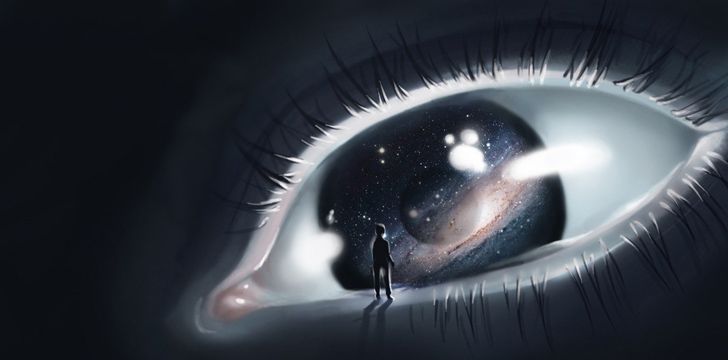
68% of the universe is dark energy and 27% is dark matter. Both of these are invisible, even with a telescope, which means we are only able to see 5% of the universe.
35)Light travels from the Sun to the Earth in less than 10 minutes.
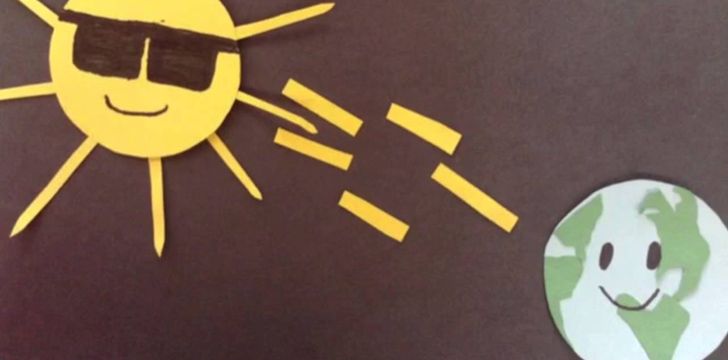
The Photons emitted from the Sun’s surface travel across the vacuum of space at the speed of light to reach our eyes in only 8 minutes and 20 seconds.
36)At any given moment, there are at least 2,000 thunderstorms happening on Earth.
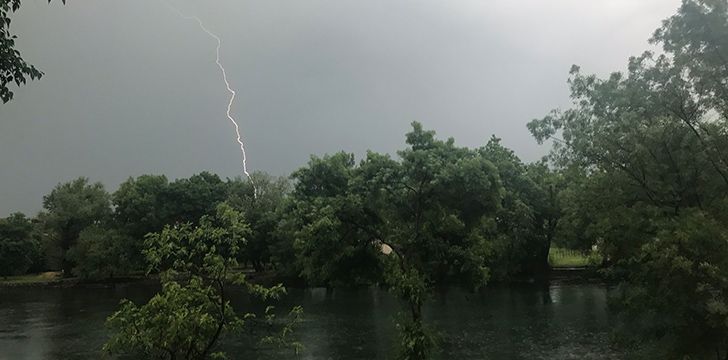
Worldwide, there are an estimated 16 million thunderstorms each year.
Roughly 100,000 of these thunderstorms happen in the U.S. alone.
37)If you were driving at 75 miles per hour, it would take 258 days to drive around Saturn’s rings.
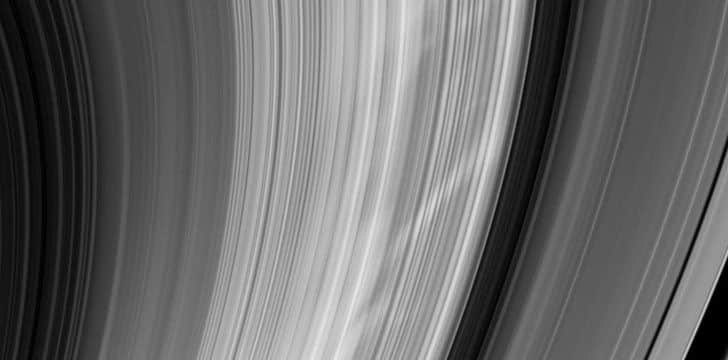
Saturn’s rings are roughly 175,000 miles long, although they are only about 3,200 feet thick.
38)Outer Space is only 62 miles away.
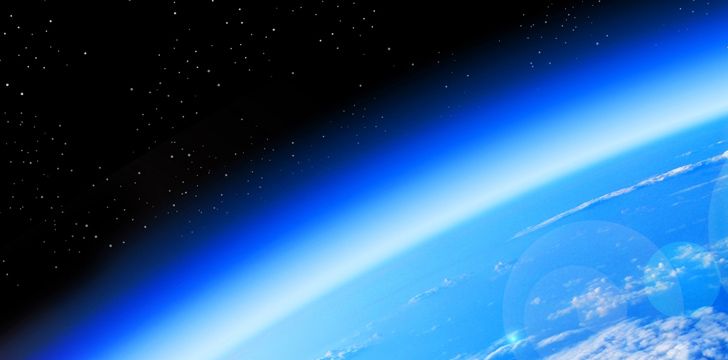
Although there is no official solid boundary for where space begins, the Kármán line sits at 62 miles above sea-level and is conventionally used as the start of outer space in space treaties or for aerospace records keeping.
39)The International Space Station circles Earth every 92 minutes.
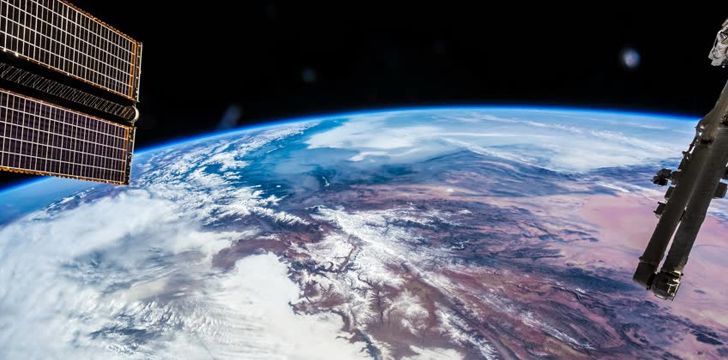
The speed of the ISS as it orbits Earth is roughly 17,150 miles per hour – that equates to 5 miles a second!
40)Stars twinkle because of the way light is disrupted as it passes through Earth’s atmosphere.
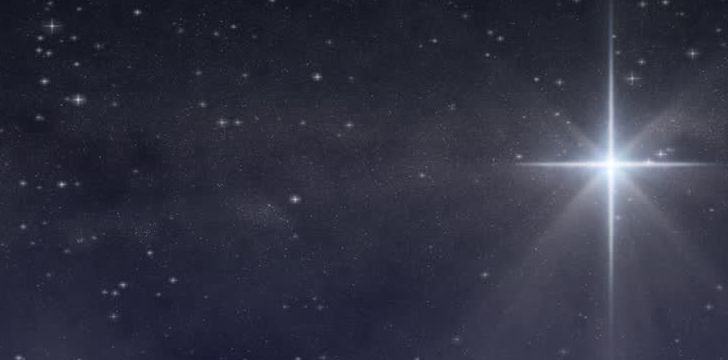
Starlight is affected by the winds in our atmosphere as it enters, as well as being affected by different areas and temperatures.
This causes the light from each star to twinkle as we look at them.
41)We always see the same side of the Moon, no matter where we stand on Earth.
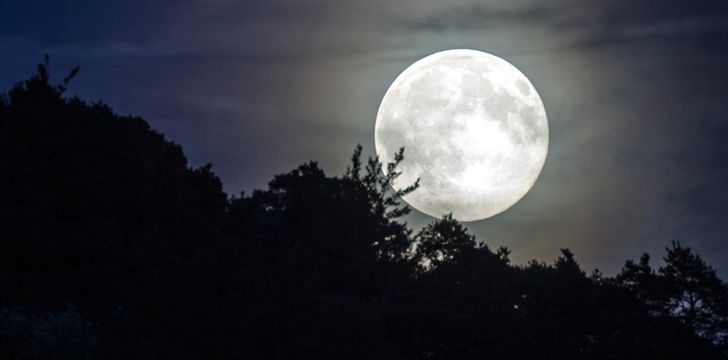
This is because the Moon rotates on its axis at the same rate that it rotates the Earth. It’s known as synchronous rotation or tidal locking.
42)There are three main types of galaxies: elliptical, spiral & irregular.
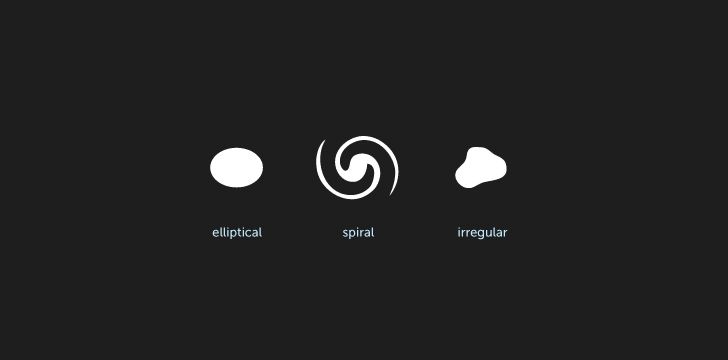
The Milky Way galaxy, the one that our solar system resides in, is classified as a spiral galaxy.
43)There are approximately 100 thousand million stars in the Milky Way.
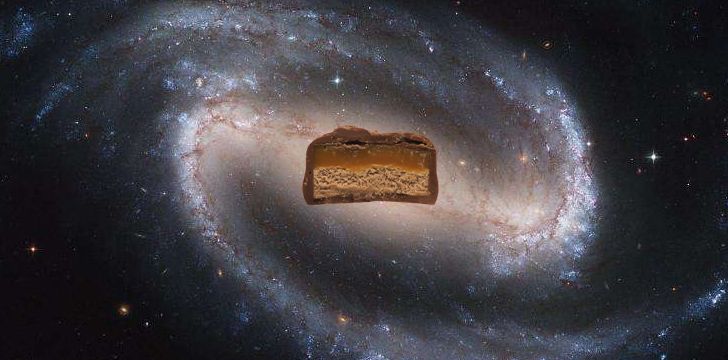
Out of all the known galaxies, the Milky Way is the one that contains the most stars.
44)Using the naked eye, you can see 3 – 7 different galaxies from Earth.
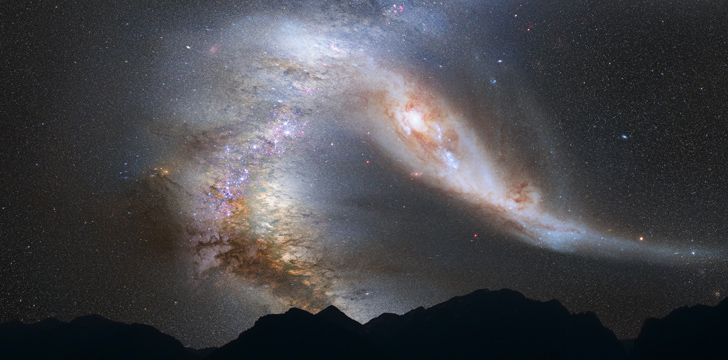
You can see the Andromeda Galaxy (M-31), both Magellanic Clouds, our own Milky Way galaxy, the Triangulum Galaxy (M-33), the Omega Centauri and the Sagittarius Dwarf Spheroidal Galaxy.
45)In 2016, scientists detected a radio signal from a source 5 billion light-years away.

This means that when the signal started its journey, Earth didn’t even exist.
The detected signals were located using the Very Large Array (VLA) of the National Radio Astronomy Observatory in New Mexico.
46)The closest galaxy to us is the Andromeda Galaxy – it’s estimated at 2.5 million light-years away.
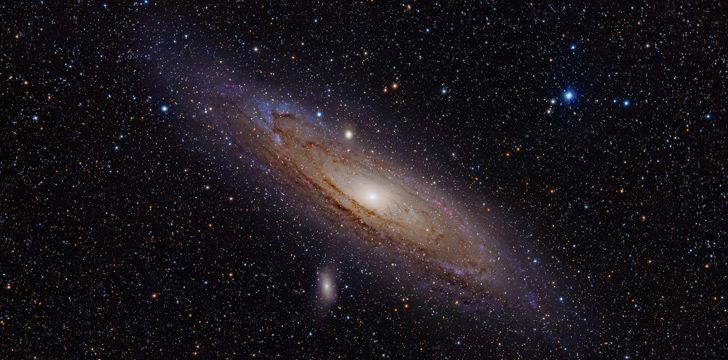
Before the discovery of the Andromeda Galaxy, the Large Magellanic Cloud was believed to be the closest galaxy to us.
47)The first Supernovae observed outside of our own galaxy was in 1885.
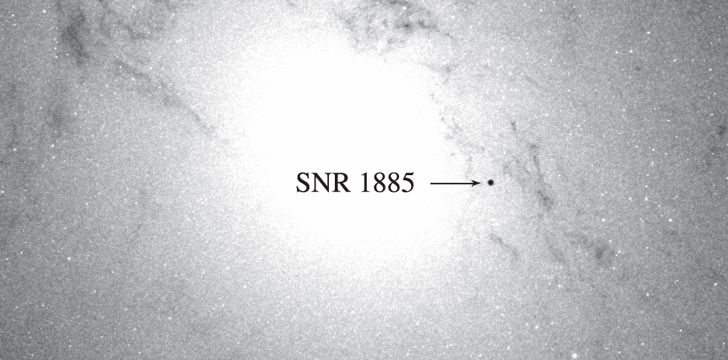
This Supernovae was called the S Andromedae, located in the Andromeda galaxy.
This was observed by Ernst Hartwig in Estonia and was only made possible due to the recent invention of the telescope.
48)The first ever black hole photographed is 3 million times the size of Earth.
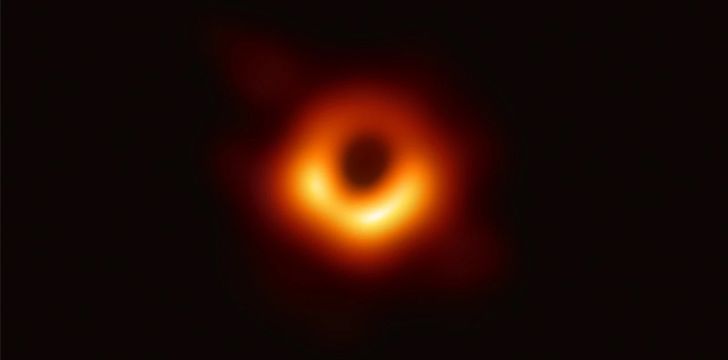
The photo was released in April 2019 and shows a halo of dust and gas 310 million trillion miles from Earth.
It was captured by the Event Horizon Telescope, a network of eight linked telescopes, and was also captured due to the algorithm of programr Katie Bouman.
49 )The first woman in space was a Russian called Valentina Tereshkova.
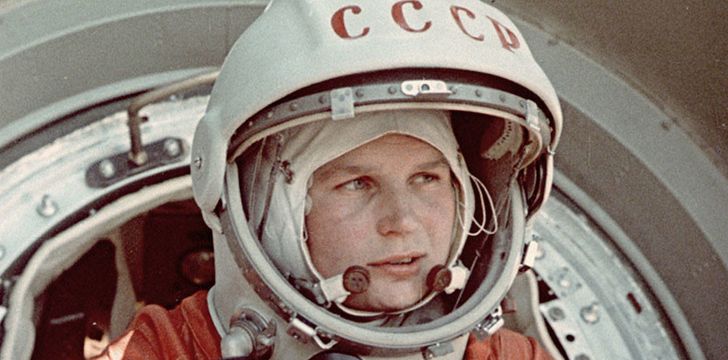
She launched into both history and space during the Vostok 6 mission on June 16th, 1963.
She spent almost three days in space and orbited the Earth 48 times in her space capsule before returning to Earth.
50)The first artificial satellite in space was called “Sputnik”.
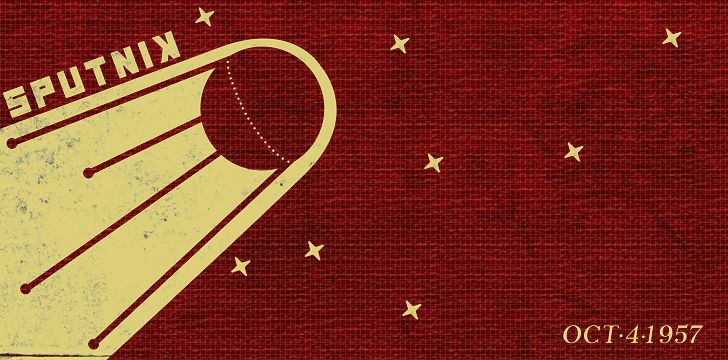
It was launched by the Soviet Union into an elliptical low Earth orbit on 4th October 1957.
51)Mercury & Venus are the only 2 planets in our solar system that have no moons.
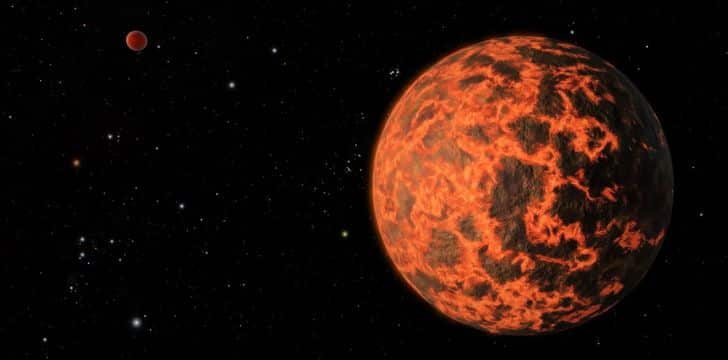
In total, there are 176 confirmed moons that orbit the planets in our solar system, with some of them being bigger than Mercury itself!
52)If a star passes too close to a black hole, it can be torn apart.
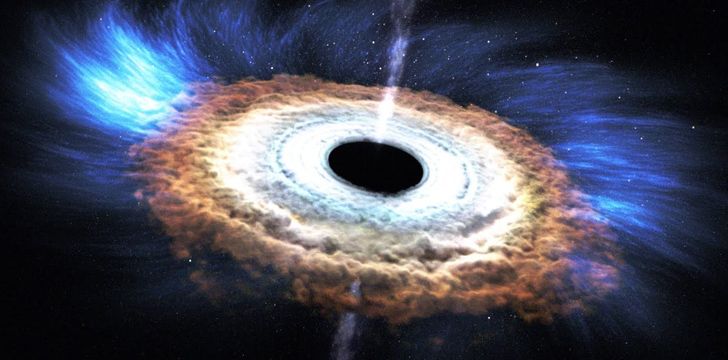
For 20 years, a team of astronomers observed a star at the center of our galaxy orbiting a black hole.
The star has now got close enough to the black hole for “gravitational redshift” to occur which is where the star’s light loses energy as the black hole’s gravity intensified.
Hope YouGuys Find It Useful Share This To Those Who Are Interested In Reading Random Common Facts !!!
Having Any Doubt Or Questions Feel Free To Ask Me In Comment Section 🥳
You Can Also Follow Me On INSTAGRAM - @igshockingfacts
Admin - Nobel K Sahu


Comments
Post a Comment